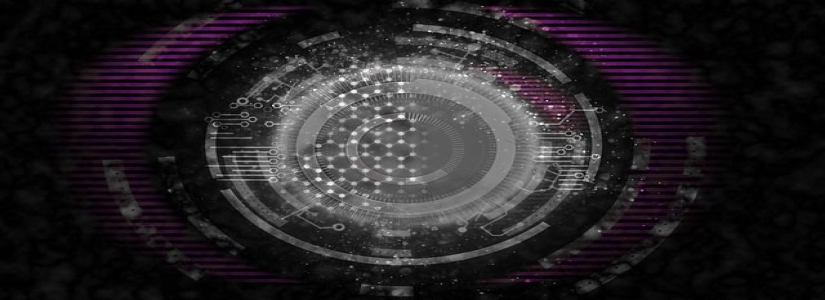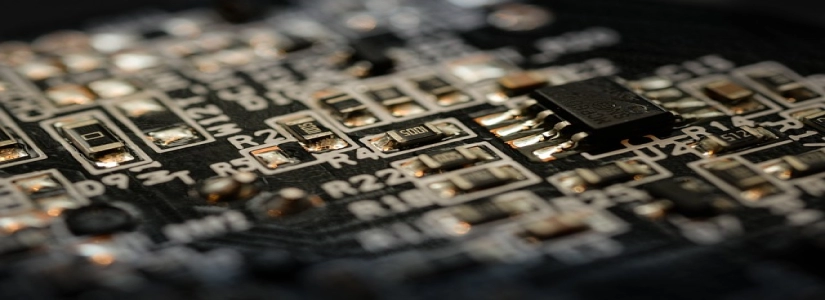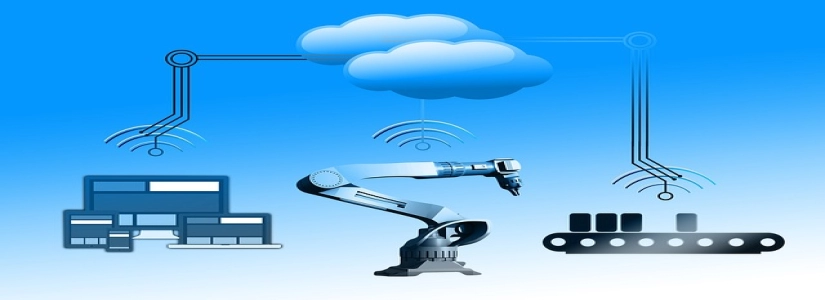企业公关职务英文简称
Public Relations (PR) Job Description
I. Introduction to Public Relations
Public Relations, commonly abbreviated as PR, is a crucial function within an organization that focuses on managing and maintaining a positive public image. PR professionals work diligently to build and maintain relationships with various stakeholders, including the media, customers, investors, and the general public.
II. Responsibilities of a PR Professional
A. Strategic Planning:
1. Developing and implementing effective PR strategies to promote the organization’s goals and objectives.
2. Creating strategic communication plans to enhance the company’s reputation and brand image.
3. Identifying potential risks or issues and developing crisis management plans.
B. Media Relations:
1. Building and nurturing relationships with media representatives.
2. Pitching story ideas, press releases, and other relevant content to journalists and editors.
3. Organizing press conferences, events, and media interviews to generate positive media coverage.
C. Corporate Communication:
1. Crafting and disseminating key messages to internal and external stakeholders.
2. Writing and editing press releases, speeches, articles, and other communication materials.
3. Maintaining consistent and cohesive messaging across all communication channels.
D. Reputation Management:
1. Monitoring and managing the organization’s reputation through media monitoring and analysis.
2. Responding promptly and effectively to any negative publicity or online reputation issues.
3. Implementing strategies to enhance the organization’s credibility and trustworthiness.
E. Crisis Communication:
1. Developing crisis communication plans to effectively manage any potential threats to the organization.
2. Acting as the spokesperson during times of crisis or sensitive situations.
3. Coordinating with internal teams to ensure a unified and timely response to crises.
III. Required Skills and Qualifications
A. Excellent communication skills, both written and verbal.
B. Strong interpersonal and relationship-building abilities.
C. Solid understanding of media channels and experience in dealing with the media.
D. Exceptional crisis management and problem-solving skills.
E. Proactive and adaptable, with the ability to work under pressure and meet deadlines.
F. Knowledge of relevant technology and tools, such as media monitoring software and social media platforms.
IV. Conclusion
In conclusion, the role of a Public Relations professional, often abbreviated as PR, is vital for organizations to maintain a positive image and reputation. PR professionals are responsible for strategic planning, media relations, corporate communication, reputation management, and crisis communication. Possessing strong communication and interpersonal skills, along with the ability to handle difficult situations, is crucial for a successful PR career.








